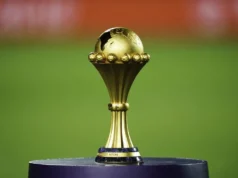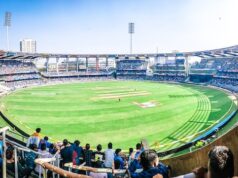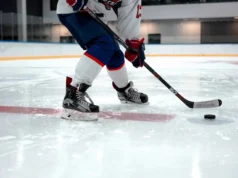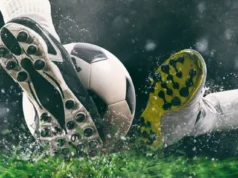
Roland Garros, the French Open is a Grand Slam tournament that together with the US Open didn’t get canceled in 2024. It is played on clay courts, for two weeks, and features 128 men and 128 women. It is an annual event held in Paris. After all the three postponements because of the global coronavirus pandemic, this year’s Roland Garros finally took place. It was supposed to be held in May, then it got pushed for different dates in September, and now, at last, we got to enjoy until it concluded on October 11, with the victory of Rafael Nadal. This was his 20th Grand Slam victory, and he was awarded the Coupe des Mousquetaires. The prize pool was $38 million, somewhat less than in 2019. If you want to read the details about this tournament, visit sportni-portal.com.
The importance of the weather
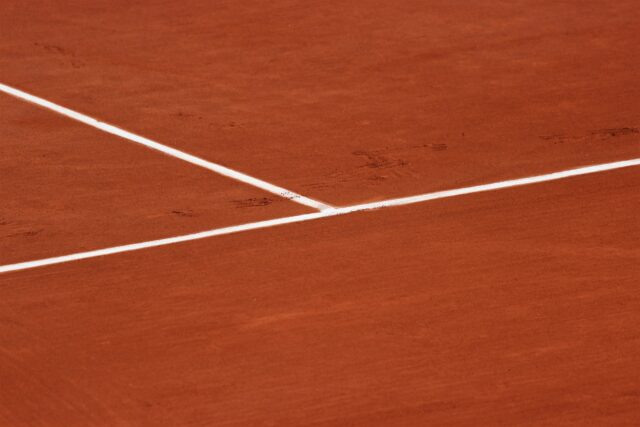
This French Open wasn’t played in the Parisian spring, usually held in May, but in the late fall, so the overall playing conditions were radically different. The cold and wet weather did affect the players. While playing, they were shivering, instead of sweating, and continuously made changes to their wardrobe. They layered, and some even wore short-sleeved turtlenecks and leggings. On most days, it was raining, and the temperature was around 10-15 degrees. The players had to adapt to the conditions the best they could, although some seemed rather unbothered, like Stan Wawrinka who powered through the match. Adjustments can be technical, such as adjusting their equipment.
The most common move is to loosen the strings of the tennis racquet in order to increase the trampoline effect. Also, adjustments had to be psychological, especially when faced with health issues, such as the ones with Djokovic’s neck and shoulder pain. Many contestants hadn’t practiced in similar conditions, so it did throw them off a little. However, even though the conditions were different, Rafael Nadal once again proved that he reigns over the clay courts, even when they are wet.
Ball thermodynamics
When it came to the ball sponsor, the organizers switched from Wilson to Babolat, as the Wilson balls didn’t pass the performance tests that were designed having the upcoming cold, damp weather in mind. The humidity of the air did affect the balls by making them heavier. Dry, warm air is slightly less dense than the cold, humid air, so naturally, this had an impact on the overall thermodynamics of the balls, as they encountered more resistance while flying through the air.
There is less drag when the ball is shooting through dry air, so it travels longer. As warmer temperatures increase the ball’s speed and bounce (as it has more kinetic energy), the cold reduced bounce of the ball off the surface of the court, even though the court is made of clay. As we know, clay terrain makes the ball bounce faster than a grass one. Some players struggled with the balls more than others, but Daniil Medvedev wasn’t one of them.
The year of the drop short
With all the unfamiliar weather conditions mentioned previously, the drop short came to be a very practical move used by many contestants. It can be used with forehand and backhand while inside the baseline. It gives an element of surprise because it leaves the opponent guessing the next shot. Nonetheless, they have to be careful because if overused it loses the edge and the move becomes quite predictable. This worked out great for Ons Jabeur, the Tunisian who is now considered the drop shot king. He confesses that the drop shot helps him dominate the court.
Confirmation of the King of Clay
Playing against Nadal wasn’t easy for Djokovic, who previously complained about neck and shoulder issues. The Spaniard got to walk away with the prize. This win is not a surprise, considering that Nadal is the best clay-court player in tennis history, so playing against him on such terrain was a colossal task for Djokovic. With this victory, Nadal equaled Federer’s record Grand Slam haul. He tied his greatest rival with a 20th major title for the men’s singles all-time lead.
What happens when Federer isn’t around?
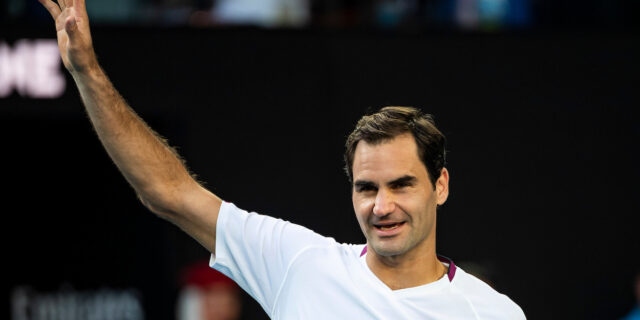
Federer underwent arthroscopic right knee surgery in Switzerland, so expectedly, he was absent from the Roland Garros 2024, as he had announced previously in February. He is taking his time to recover in this rather difficult year for almost everyone.
The decade-long rivalry between Roger Federer and Rafael Nadal is considered one of the greatest rivalries at all times, so it was a shame we didn’t get to see some action between these two. Who knows who might have ended up in the final if Roger was around? Unfortunately, he hasn’t made it to a French Open final since 2011, but we all know that grass is his terrain.
The power of the next generation
It wasn’t really a surprise when the 19-year-old Jannik Sinner from Italy, who on his Roland-Garros debut, pushing all the way to the quarter-finals. Something like this hasn’t happened since Nadal did it in 2005. At the same time, he became the youngest Grand Slam quarter-finalist among the men since Djokovic in 2006. He has been the talk of the town, and now, they have even more to talk about. He was one of the four youngest at the tournament, together with Hugo Gaston, Sebastian Korda, and Daniel Altmaier.
In the women’s court, the 19-year-old Igi Swiatek from Poland has won the first major tournament n her career (and we are sure it won’t be her last) without dropping a single set. She is writing history as she became the youngest Roland-Garros winner since Monica Seles in 1992, who as an 18-year-old teenager represented Yugoslavia early in her career.
Globalization is happening in tennis, too
Proof that this is becoming a high-level worldwide tournament, is the fact that there were women contestants from Tunisia, Egypt, and Mexico who were a part of it. Mayar Sherif the first Egyptian and Renata Zarazua, the first Mexican woman to take part in a Grand Slam’s main draw.






